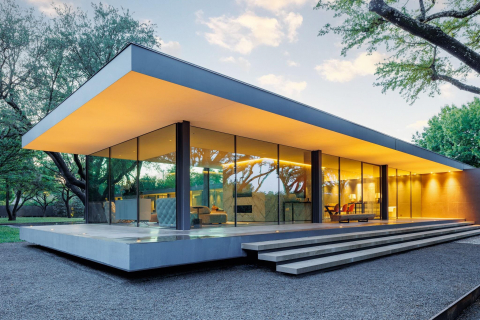Wine Raised — Growing Up on a Vineyard Makes For a Prolific Winemaker and an Opinionated Voice
We're Talking Grapes (and Much More) With Pietro Buttitta
BY James Brock // 11.08.21Pietro Buttitta among vines of Dolcetto.
I like to talk about wine with people who share my passion for it. We open bottles, we trade stories about travel and soil types, terroir and residual sugar, and we talk of taste and food and restaurants. We recommend wines to one another, we drink, and we learn a lot.
In Wine Talk, I introduce you to friends, acquaintances, and people I meet as I make my way around the world, individuals who love wine as much as I do, who live to taste, who farm and make wine. You’ll appreciate their insight, and I hope you’ll learn something from them as well.
The wines were intriguing, pleasurable. I opened the bottles — a 2018 Barbera, a 2017 Sangiovese and an Aglianico — over the course of several weeks, and tasted their contents alone and with food. First impressions: The quality of the winemaking was evident, clear and profound. Restrained yet confident these wines are. In addition, the fruit is of a high calibre.
I knew nothing about the winemaker, Pietro Buttitta . A public relations consultant had reached out to me about Buttitta and his Prima Materia label after reading a Wine Talk piece, and a few weeks later I was tasting the wines. My future drinking will include more selections from the producer.
What I’ve learned about Buttitta (without having met him in person — yet) is that he is, in addition to being a fine maker of wine, an opinionated writer with a style I find engaging and honest. He grew up on a vineyard in the Russian River Valley AVA and fell in love with food early on, the latter of which I certainly identify with. He is not a “foodie”. . . he is a perfectionist. He worked in restaurants, struggled with the low pay and slovenly (or worse) colleagues, and, in 2009, found himself back in California and in the family vineyard.
That vineyard encompasses 12 acres in the Kelsey Bench AVA, in Lake County, and includes (among others) vines of Sagrantino, Nebbiolo, Negroamaro, Sangiovese, Aglianico, Primitivo and Dolcetto. Buttitta makes his wine in small batches (two to 10 barrels of each). He eschews herbicides and pesticides, and his wines are unfined and unfiltered. You taste the place, you taste the fruit, and you taste the winemaking. That’s a bountiful trifecta.
Buttitta is, as I wrote, opinionated, and I find myself in agreement with much of what he says and writes, including his takes on cooking and the importance of listening to what a grape has to say to one. I also share with him a passion for Sagrantino. He’s a serious person who is familiar with Nietzsche, and he’s a self-taught winemaker who never fails to credit and thank those who helped him learn. I hope to meet Buttitta as soon as I can, and would, I think, enjoy spending time with him in the vineyard and kitchen.
If you want to taste his wines, and I recommend that you do so, they are available here. Now, let’s see what Buttitta has to say in Wine Talk.
James Brock: How did COVID-19 changed your work and life?
Pietro Buttitta: Beyond obvious illness paranoia, and the ethical dimension of trying to keep one’s self safe while simultaneously having a responsibility to protect other people and a part-time employee, it made life challenging. I was very lucky to have the grounding element of the vineyard in 2020, and even through the 2020 fire insanity it had a touchstone effect. I really missed eating in restaurants, though, and face-to-face meetings are still awkward. I sorely miss professional/industry tastings – even the bad ones as my cellar palate gets worse and worse.
It really threw the wine industry for a loop. In 2020, grocery store wine went bonkers, I became a delivery service, then the public drank too much and slowed down, then we opened, then we closed, and then we reopened and the tasting room was insane for two months with cabin-fever escapees, then it nosedived, and now we are stuck in a lame plateau where people just don’t seem to be interested in wine in the same way. They want to drink and be out, in a wine-bar way, but it seems like residual exhaustion and overly on-demand commodification and delivery has left people disinterested.
Ninety percent of customers roll their eyes when I talk grape cultivars at the tasting room now. Hopefully this is just temporary, but I think about the business and how to safeguard and grow it in a different way. We took smoke-free grapes for granted, like bottles and label paper, or packing people into a tiny tasting room, and all of a sudden it all changed. Suddenly nothing is permanent, and how a tiny business can operate without any safety net in that scenario is very stressful.
We also watched tech-platform wine retailers, who went crazy last year and wrote themselves big paychecks, and are now cutting staff and downsizing. That tired old myth of building wine brands in restaurants (this DOES NOT work for small brands) took a serious beating. The industry went from 30 million surplus gallons of wine 3-1-2020 to facing a serious shortage today. And we are still wearing masks, and thinking about every surface that we touch.
If there is a positive when thinking about all of the challenges in the hospitality industry and agriculture, one is how we think about our responsibility to employees, and also what reasonable expectations and mutual respect should look like for longevity. In 2021 Covid drags on, but now record heat in our area, supply-chain issues, and the smallest crop in 20 years just sent us a whole new curveball. Last year’s adaptation and pivoting was only the beginning, so plan for impermanence, and be ready to reassess everything every day is my lesson.
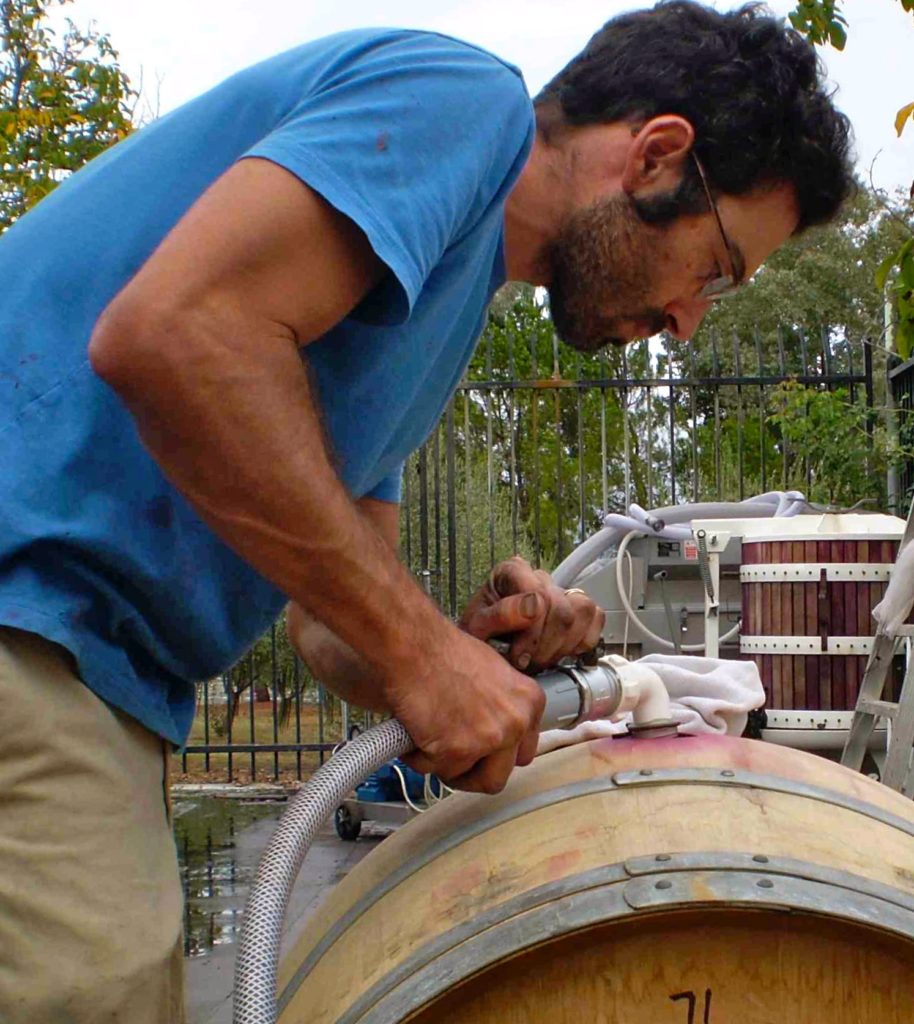
JB: Tell us about three wines you think are drinking well at the moment. What makes them worthwhile? How about a food pairing for each one?
PB: I’ll start with one of mine – our 2016 Sangiovese. It was the last mellow and boring vintage, not too hot, the initial 25 percent stem inclusion was a little too much. Five years down the road it has integrated beautifully with full spice and touch of tannin mellowing allowing New World fruit with Old World structure and earthiness to really show, and an innate whiff of pine. Time is magical with wine. Braised beef – maybe a mole?
2). Giacosa 2002 Barbaresco – Aged Nebbiolo is an easy win, but sometimes the fruit desiccates too much and parches out while waiting for the tannin to round off. This bottle had that magical balance of all things being in harmony, and the aromatics grew and grew the longer it was open. Simple pasta and cheese or risotto with mushrooms.
3). Always drinking well – Sercial Madeira. Before dinner, after dinner, even drinking nicely with food like vegetable stir fry or something cheesy. Acid plus caramel!
JB: If cost was no consideration, tell us the one bottle you would add to your personal collection, and why.
PB: I haven’t had this one, but Mastroberardino – Villa dei Misteri. Not the most expensive bottle, and their best wines are always oak-free and get pretty mixed reviews otherwise, but I love the concept and historicity of it all.
JB: What is your favorite grape variety, and why?
PB: Sangiovese. It fills the pinot void (our vineyard is far too hot for pinot) while also touching on spice elements of cool-climate syrah. Sangiovese is also very finicky about texture, riding a knife edge of tannic astringency, fruit and acid without having a cluttering mid-palate texture. I am definitely a texture person, and I will never use the term “perfume” in reference to wine like some aromatically focused winemakers do. It also ages very well, and clonal variances are as pronounced as with Pinot.
JB: How about one bottle that our readers should buy now to cellar for 10 years, to celebrate a birth, anniversary, or other red-letter day?
PB: While vintage Champagne is tempting – and it is very predictable with aging – another safe bet is above-mentioned Madeira, especially on the drier end of the spectrum. But in keeping with the big Italian red theme of Prima Materia, I will go with a Taurasi (Aglianico from Campania) or Sagrantino from Umbria on the bigger end of the spectrum.
Though Antonelli can be very nice and pure, and I love Bea, but here I say big, wild-boar-like stinky and shape-shifting Milziade Riserva Sagrantino. Just be prepared to have your face ripped off and spend an evening trying to figure what is going on exactly. Magic for $75.
JB: Where is your go-to place when you want to have a glass or bottle (outside of your home and workplace)?
PB: A nice summer evening outdoor with a few friends sounds very appealing, with the sun going down, sliding into the Dionysian darkness so vision becomes secondary. I like really simple food if focusing on a wine, and a simple environment.
JB: If there was one thing you wish everyone would keep in mind when buying and drinking wine, what is it?
PB: LET IT BREATH! White wines, too. They are living things. You know how that soft cheese smells stinky and dank suffocating in plastic wrap? Or how raw chicken gets sulfury-smelling in plastic? Let it breath and enjoy how it changes. Of course, commodity wines may not need this, but you don’t treat meatloaf like Beef Wellington, or fish sticks like fresh sablefish, do you?
JB: What is your “wine eureka moment,” the incident/taste/encounter that put you and wine on an intimate plane forever?
PB: One of my early professional tastings in 2008, with Marchesi di Grésy, going through all of the wines and then the single-vineyard Nebbioli. That was the mind-expanding moment of a novice suddenly getting it, flavor and texture unfolding in 20 dimensions, hurting so good.
JB: What has been the strangest moment or incident involving wine that you have experienced in your career thus far?
PB: A few:
1). The many times I’m pouring wine at a consumer tasting and two people try the same wine and one says, “It is so smooth” and the other says, “It is so dry and harsh”. . . and then they look at each other, and I at them.
2). Watching fire eat into the hillsides so many times now, and wondering what will happen next.
3). Selling lots of wine in New York and having the distributor cancel all of the sales because he didn’t like me and I wasn’t impressed by his self-absorbed bicep-flexing reflection in the subway.
4). Picking at 10 pm at night, still 90 degrees, and the tractor breaking down in the middle of the worst vintage ever, and just carrying picking tubs all night long.
5). Winery owners who don’t know anything about making wine calling themselves “winemakers” right in front of me. That doesn’t fly in restaurants, or any other industry except this one, somehow.
6). The hauntingly quiet winery during harvest with no electricity.
7). Napa Valley at 4:20 am last year with hot winds and the Glass Fire swirling at St. Helena crossroad. I kept thinking the sun was coming up but it was too early …
8). Watching some celebrated “natural wine” producers bottle, and thinking, oh my god, they really don’t care about the product, or watching them make natural wine using $500,000 worth of equipment at a custom crush facility. And then having transcendental ones that make me take all of that grumbling back.
9). Conversely, how my 100 percent whole-cluster fermentations come out undrinkable while those of others come out beautifully. They can taste my fear.

JB: Your favorite wine reference in a work of literature?
PB: Can’t really think of one. Usually they conflate ethanol intoxication with the aesthetic nature of wine, and though these things overlap, they are not the same, but they are somehow inseparable. I guess “Mondovino,” for all of the misrepresentations, is pretty fun. Some of the movies about sommeliers are so gross and precious that they are unwatchable, but I haven’t seen Somm II yet. I am waiting for the film that takes on the “natural wine” or tackles class in the wine industry.
Oh, though not a literary wine reference per se but more of a heuristic tool, I do use the Apollonian/Dionysian spectrum pretty regularly. Light, structure, symmetry for the first, the rationality of daytime, think technical but soulless production wine, which has its place. The Dionysian is all that swirling dank darkness, emotion over rationality, feral qualities, the fear and thrill of darkness. This is an oversimplification, but music and wine fit well within these two poles, though we need a third dimension, thank you, Birth of Tragedy.
For more wine, travel and other stories from James Brock, check out Mise en Place.

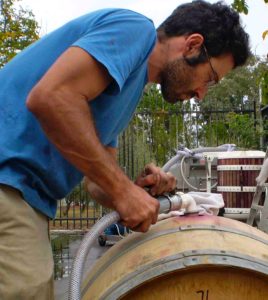










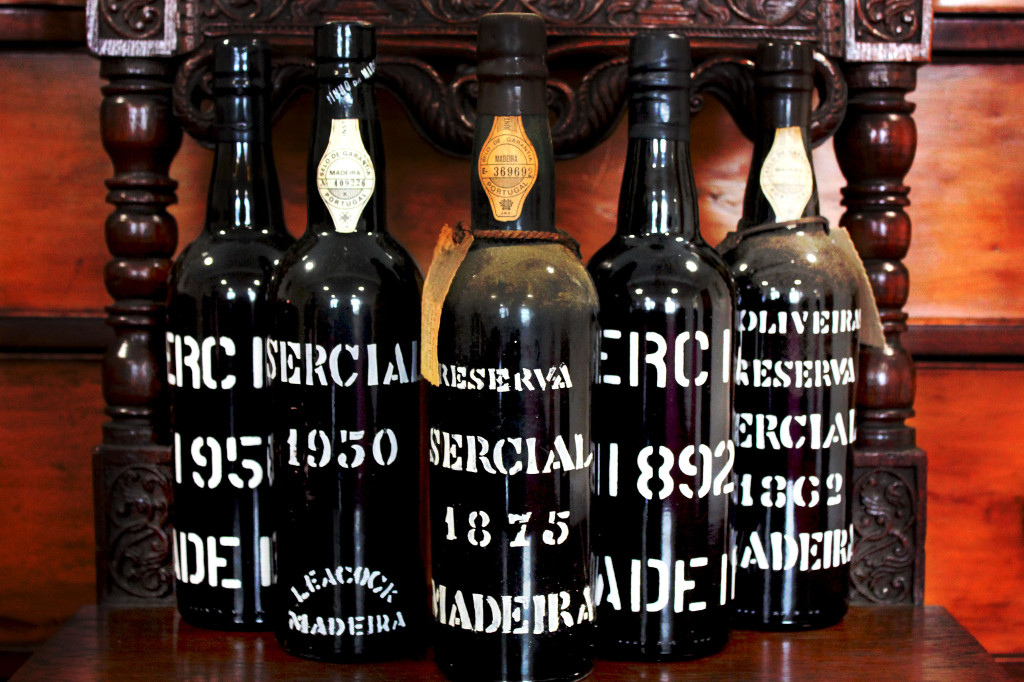
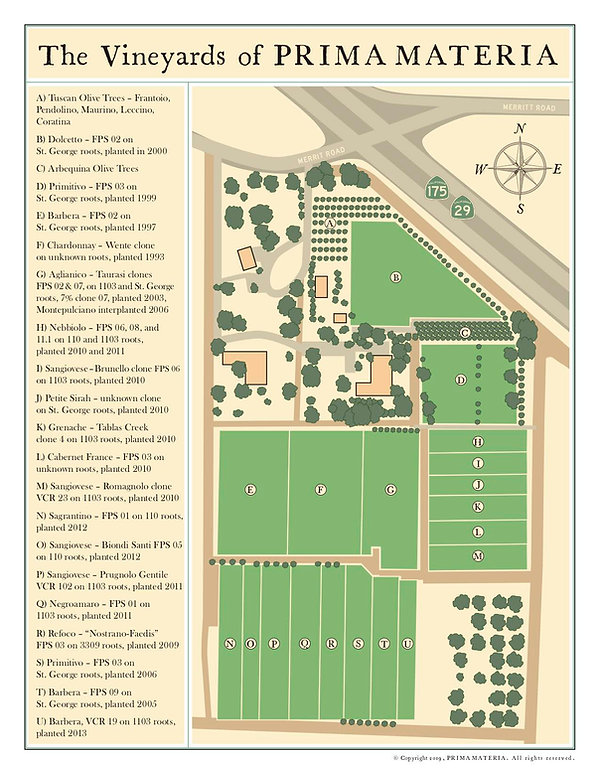







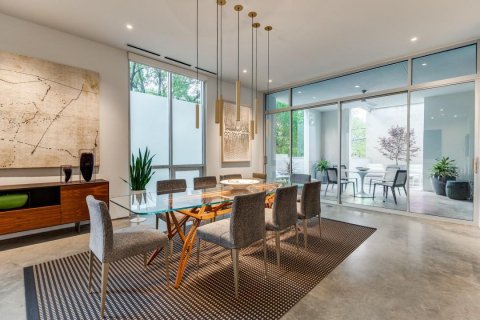











_md.jpeg)

